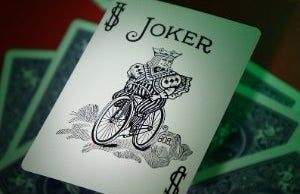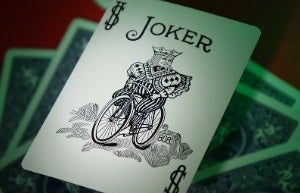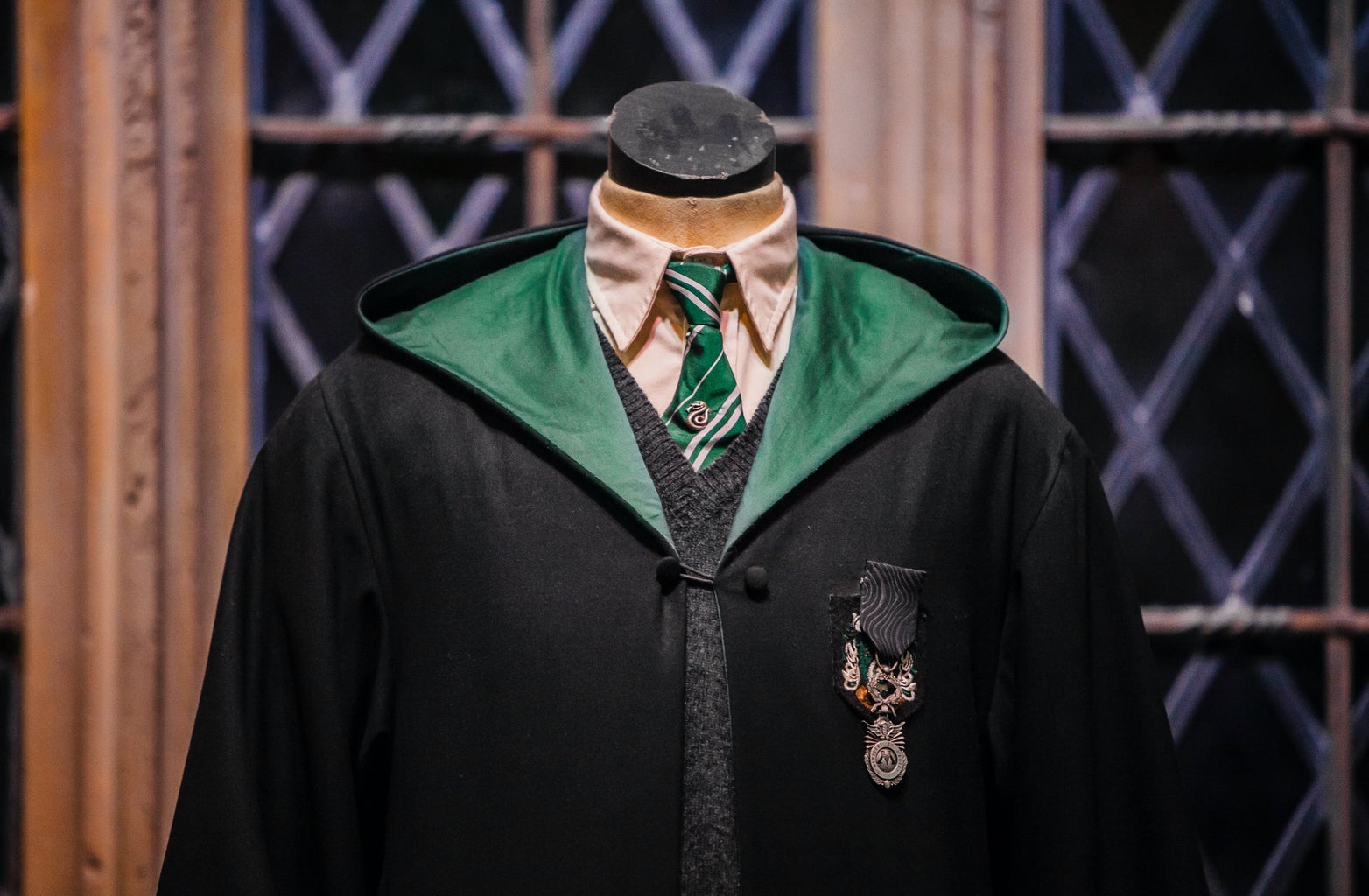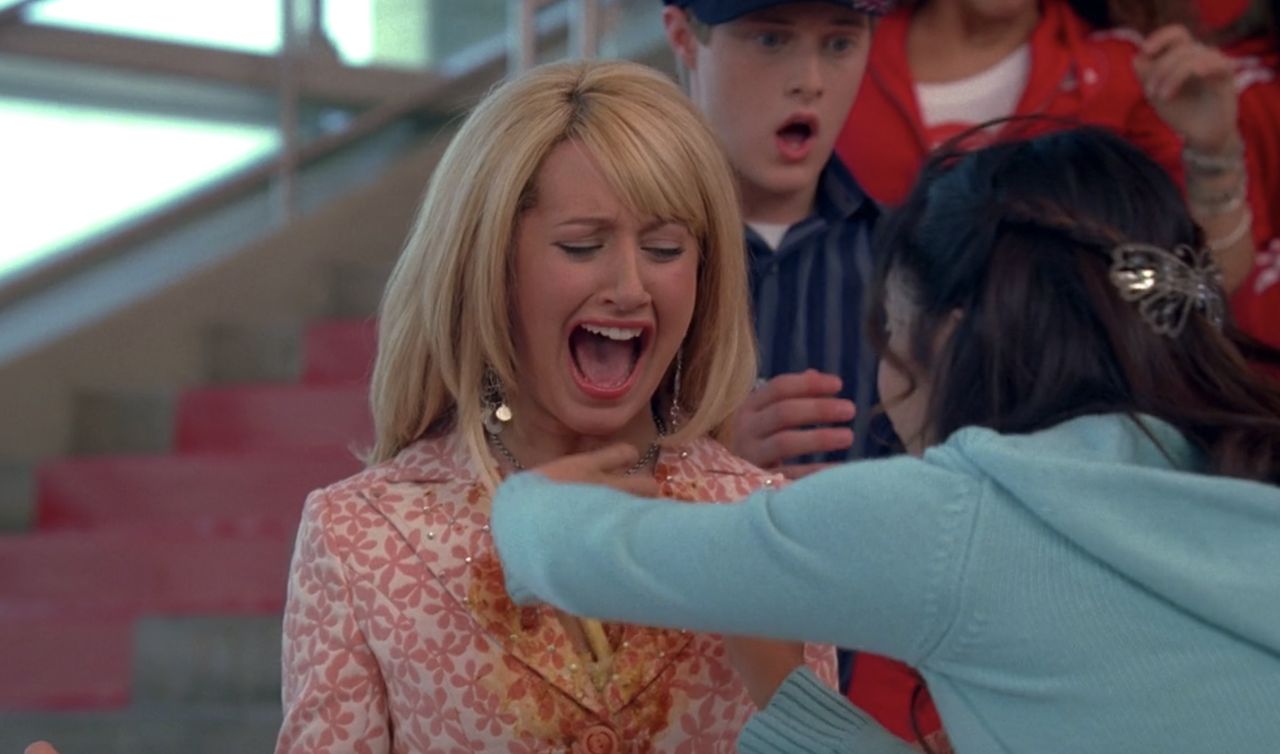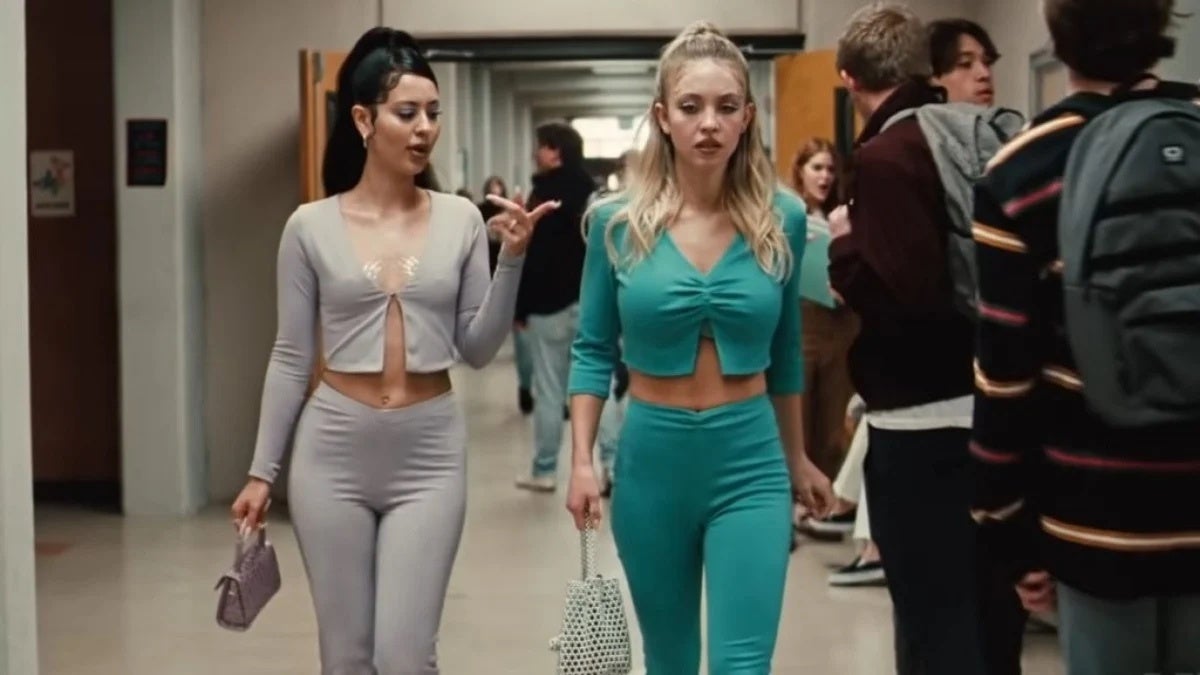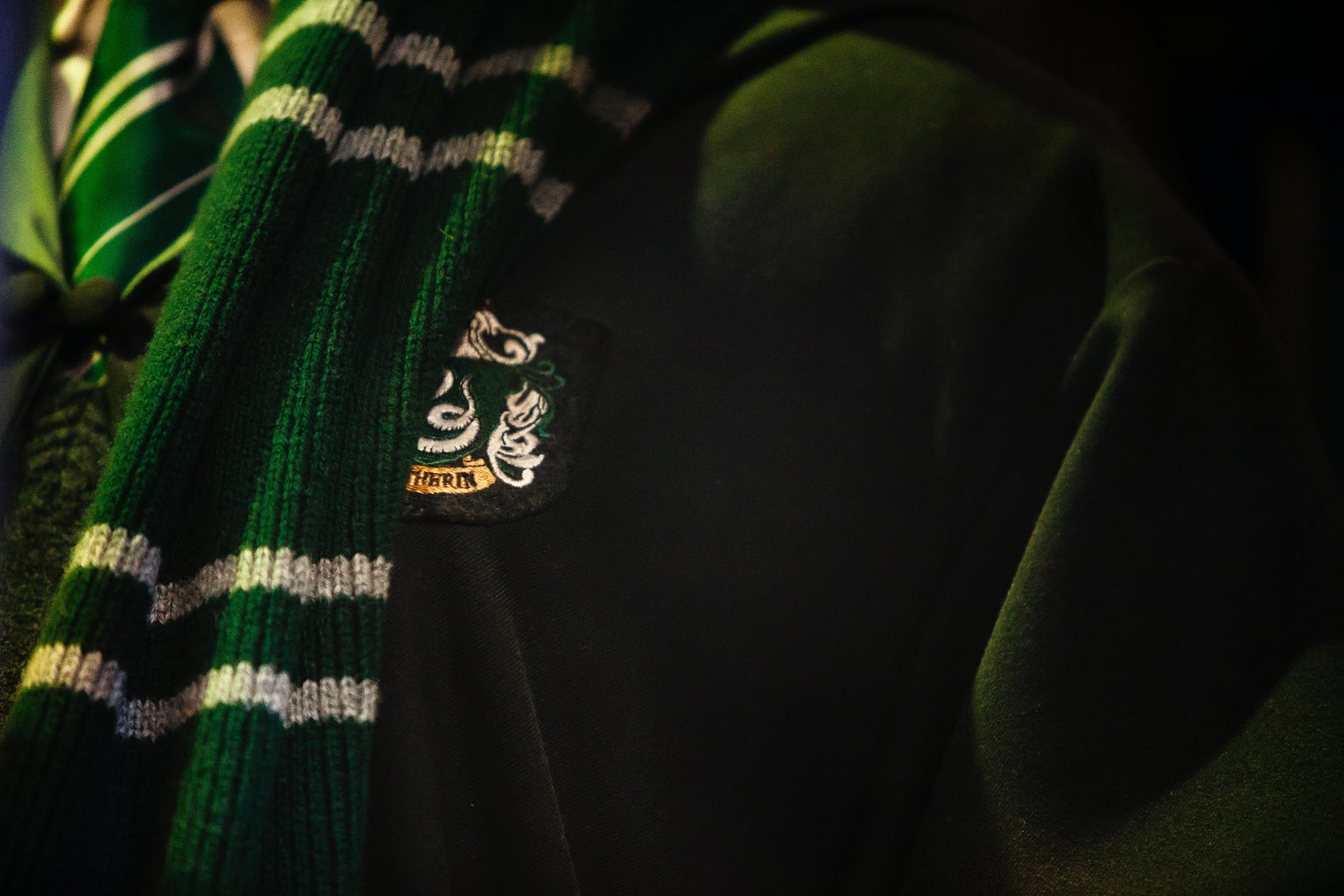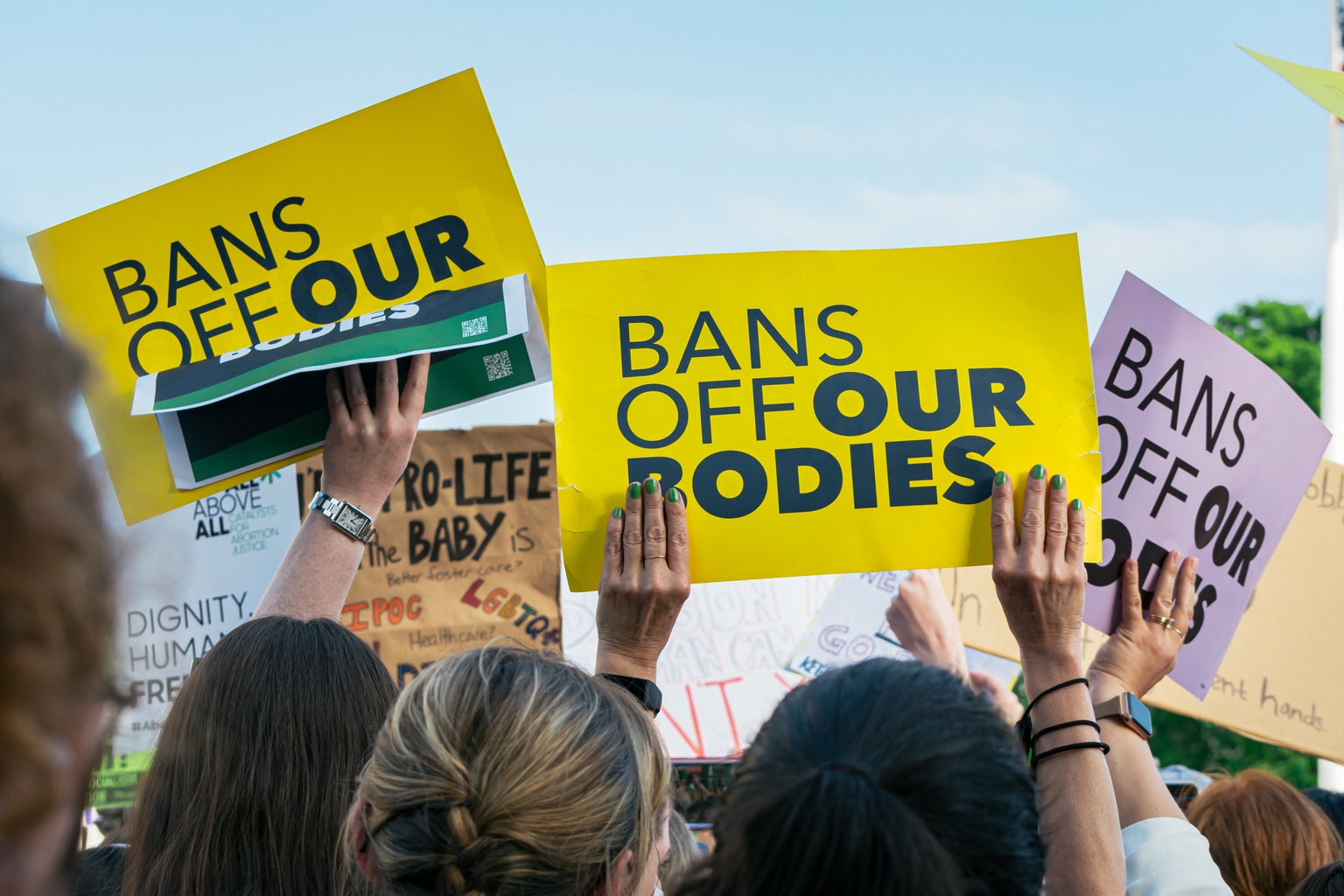I’ll just admit it, Villains are the best characters. They are pretty much always the most compelling, well-acted, complex and sometimes iconic characters. In fact, this archetype has even spawned various internet trends like “the villain era” and “villain origin story”. Whether you think of a Disney witch or a teen drama antagonist, villains are the characters that are most feared, and therefore the most remembered.
Let’s start with many people’s first villains; Disney villains. When you’re younger, Disney villains are often the main characters in our nightmares and our worst fear. However, as we get older, I have found that I relate and understand them more than the princesses and heroes. Ursula just wanted what her contract owed her. Mother Gothel was just trying to uphold the impossible beauty standards our society has. The Queen of Hearts is body shamed and acts out because of it. And her childishness is because she was never taught how to behave. Maleficent is ridiculed, which causes her to act out. Meanwhile, the princesses are saved, romantically kissed nonconsensually, and get a happy ending, which unfortunately is very unrealistic.
Then our parents show us classic movies with iconic villains. The most iconic, and kid-appropriate, is the Wicked Witch of the West from The Wizard of Oz. With her evil laugh, catchphrases, green skin, and evil monkey henchman, she was terrifying for the young and impressionable, but her intrigue spawned one of the most successful musicals ever to grace Broadway.
As we grow up, we start to watch cartoons, and begin to see the enviably cool and malicious cartoon villains. For this category, Kim Possible’s Shego instantly comes to mind. Her nail-filling quips and sharp-tongued one-liners made her lovable, even if she was on the bad side. Even as young children, we still couldn’t help but love her.
As we get older, we discover the Wizarding World of Harry Potter, which is equal parts a children’s book and a coming-of-age story. Harry Potter has some of the most complex, beloved, and iconic villains in literary and cinematic history. Draco Malfoy may be the privileged bully, but this is only to survive his father’s unbelievably high expectations. His parents taught Draco to hate, instead of to be kind, and when you’re a kid, you don’t know any better or any different from what your parents tell you. Severus Snape’s motivations were difficult to read for most of the series. He was stoic, cold and resentful. However, this was really how he protected his double life of being a spy against the Death Eaters. And he was a spy because Harry was the son of his childhood best friend. However, he was also the son of his school bully, which caused him to have extremely complicated feelings for Harry. However, at the end of it all, he gave his life to protect Harry. Bellatrix Lestrange was the unhinged female villain Harry Potter desperately needed, who was undeniably fun to watch due to her utter unpredictability. Tom Riddle/Lord Voldemort’s backstory may have been totally screwed up, but it was very layered and interesting. Dolores Umbridge’s characterization was juxtaposing and intriguing with her sweetly sinister demeanor, which made her a great love-to-hate character for the Wizarding World. Lucius Malfoy certainly had an iconic look, and he wasn’t just an evil villain, but an evil father too. Wormtail, The Dursleys, Nagini and more are also some villainous, but far less interesting characters from the series.
Then once we are a little older we begin to watch PG coming-of-age content like The Parent Trap and High School Musical, with feature two of the most beloved female villains of the late 90s/early 2000s, Meredith Blake and Sharpay Evans. In recent years, many have come to their defense (from viral school powerpoints to “I will die on this hill” Twitter proclamations). Annie and Halle were scheming brats who never gave Meredith a chance. Sharpay has been performing her whole life, while Troy and mainly Gabriella just waltzed on in and took the leading roles. Their beauty and femininity were used again them. Meredith had a very glamorous appearance with an Old Hollywood-esque bob and a classic black and white color palette and Sharpay’s pink aesthetic complete with a customized pink locker and car. These women were confident, determined and outspoken, things that women are told not to be by society. They inspired a whole generation (Gen Z) of bad bitches who speak their minds and don’t take anyone’s crap. And yet, in their respective films, they are portrayed as villains.
Then once we become teenagers, we become obsessed with the delicious villains from our favorite teen dramas. Dan Scott from One Tree Hill may have murdered his own brother, but you can’t deny that his motivations, actions and twisted resolutions were so fun to watch. However, even he couldn’t win against our favorite teen TV mean girls of the 2000s, who effortlessly become the most iconic parts of their respective shows with their brutally honest dialogue and enviable confidence. Gossip Girl’s Blair Waldorf may have been the bad bitch in a good girl’s clothes, but Georgina Sparks was the scheming devil on everyone’s shoulders. Glee’s Santana Lopez was just as good at witty one-liners as she was at roasting the competition and giving her teammates the stone-cold truth through her hilarious monologues and blunt quips. The episodes she came back to were always the most fun. Pretty Little Liar’s Alison Dilaurentis was so scary that she spawned a whole team of revenge-seeking techno-stalkers with a mystery attached that kept us guessing and theorizing until the end. Riverdale introduced us to Cheryl Blossom, the perfect example of how to hurt people, and Hiram Lodge, a villain whose motivations were so insane and unpredictable that eventually, nothing surprised us anymore.
“Team K” as it’s been coined by the fandom, has remained the best and most iconic villains from The Vampire Diaries. Katherine Pierce’s femme fatale energy made her devilish deeds all the more fun to watch. Quetyiash and Silas may have had a great, dry, and darkly comedic approach to their villainy, but Kai Parker mastered the sardonic, matter-of-fact approach to villainy with some much-needed humor. Klaus Mikaelson was so intriguing as a villain that he spawned his own spinoff, and Kol Mikaelson was so beloved that he spawned his own web series. The Heretics, The Huntress, Markos, The Tomb Vampires, The Devil, The Sirens, and The Travelers were all great villains, but “Team K” takes the cake. The things The Vampire Diaries did so well in terms of villains is they made them the hero of their own story, something other teen dramas have taken notes of since.
Now in the 2020s, teen dramas like Outer Banks and Euphoria have great villains. Ward Cameron’s psychotic villainy has made us ask “oh my god, what next?” more times than I can count, while Rafe Cameron’s murderous tendencies are clearly a cry for help, help that the people around him refuse to give him. Maddy Perez would be considered a villain in probably every other show with her confrontational, violent nature, but luckily she is portrayed as equal parts sweet and badass. However, her best friend Cassie is the exact opposite. Cassie starts off as the sweet girl, both in demeanor and wardrobe, however, she is capable of a lot more sinister deeds than one would assume, including sleeping with Maddy’s boyfriend Nate. Meanwhile, Cal Jacobs may be the creepy, manipulative pedophile, but he wasn’t born that way. The true villain is Nate Jacobs, who was scarred for life by his terrifying father and grew up to become the blackmailing, aggressive, frustrated young boy.
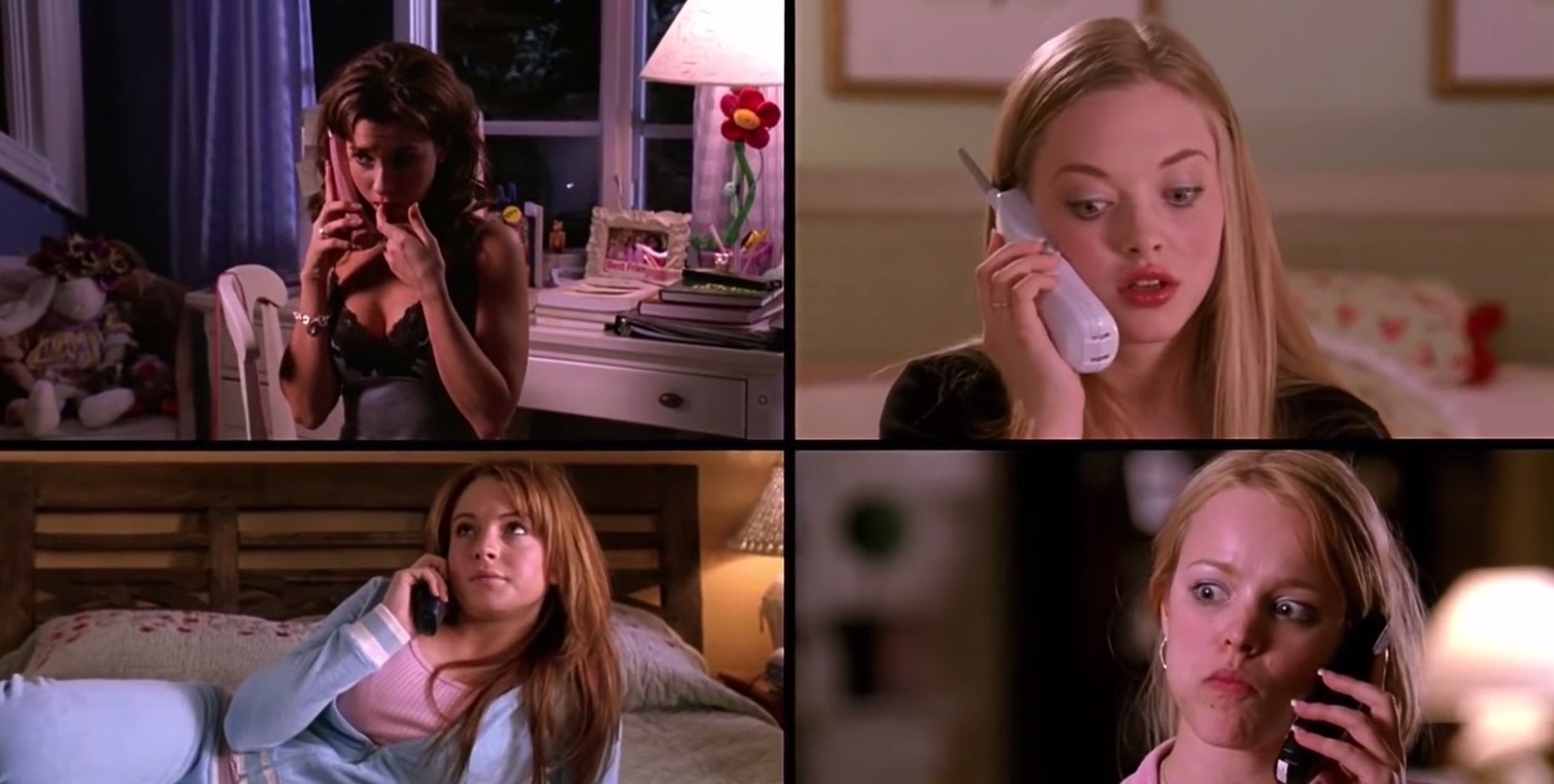
Luckily, Hollywood has taken note of how much viewers love villains, and they are starting to make them heroes, and anti-heroes. Examples of antiheroes in TV are Don Draper from Mad Men and his identity-stealing ways, Rue Bennett from Euphoria and her drug addiction, Tony Soprano from The Sopranos and his mafia capos, Nancy Botwin from Weeds and her drug dealing, Damon Salvatore from The Vampire Diaries and his manically productive ways, Walter White from Breaking Bad and his meth cooking, Klaus Mikaelson from The Originals and his complicated love for his family and Villanelle from Killing Eve and her assassin career choice.
Going back to the aforementioned mean girl archetype, which is one of the most beloved in modern cinema and television. Viewers love women who are equal parts relatable and untouchable. These girls are outspoken, assertive, and blunt, and we love every second of it. And there is often a reason they are like that— whether it’s insecurity, family issues, or extreme pressure. Katherine Pierce, Blair Waldorf, Alison Dilaurentis, Cheryl Blossom, Santan Lopez, Katherine Pierce and Maddy Perez, who have mostly all been aforementioned, are all mean girls. Heck, there was even a movie, Mean Girls (the most quotable movie of all time) made because this archetype is so iconic and compelling. These are the characters we aspire to dress and be like. Why? Because, while their meanness is nothing to aspire to, their confident and unapologetic attitude is, especially for women, who are told by society to be quiet and complacent. I mean, all these characters have stan accounts dedicated to reminding social media users how iconic these characters are, how bluntly relatable they are, and how we aspire to be like them.
In terms of Maddy Perez, this is ironic because while she is the show’s “bad bitch,” the only reason she is in her “villain era” is because of her best friend Cassie’s betrayal, who isn’t the stereotypical typical bad girl as she’s blonde and has a sweeter, less harsh demeanor. However, in reality, Cassie is behaving villainously, not Maddy.
This is also shown in Taylor Swift’s Reputation album. Swifties often refer to their “villain era” as being in their “Reputation era” because when Taylor was in her Reputation era, she was unapologetic, vengeful, angry and brash, much like a TV bad bitch. Her songs on the iconic album diss her enemies (“Look What You Made Me Do” and “This Is Why We Can’t Have Nice Things”), fantasizes about revenge (“…Ready For It?”), seduces her targets with major femme fatale energy, something often associated with feminine antagonistic characters like Katherine Pierce and Maddy Perez (“Don’t Blame Me,” “Dress,” and “Gorgeous”) and describe the thrill of behaving badly, especially when the subject undeniably deserves it (“I Did Something Bad”). What can be more justifiably villainous behavior than that? You may also notice that Taylor Swift has a song on every album that seemingly teases what her next era sonically and tonally will be. With Speak Now, it was “Better Than Revenge,” a villain-esque song as well, hinting at the rock vibes on Red. Red had “I Knew You Were Trouble,” hinting at 1989′s 80s-esque song. Well, 1989 featured “Bad Blood” a vengeful, villainous, aggressive song that undeniably foreshadowed her Reputation era. But do you notice how these hints always have somewhat of a villain vibe? It just goes to show how relatable villainous emotions can actually be because as humans, we all have some villain in us.
Then there are the anti-heroes and anti-heroines, a protagonist who is deeply flawed which makes the audience question whether it’s morally okay to root for them or not. Many of the characters on this list could be considered anti-heroes and anti-heroines, like Severus Snape and Draco Malfoy (although some might consider them tragic heroes or just straight-up villains, I think anti-hero is the archetype that suits them best. They did some heinous things, like bullying his students and faking an injury to get an innocent animal executed, even if it was to hide being a triple agent to protect the son of the love of his life and a kid acting out in order to get into his crappy father’s good graces, which are honestly pretty forgivable things). However, most of the anti-heroes that have become icons for the archetype appear on TV including Tony Soprano from The Sopranos, a mobster who goes to therapy, Don Draper from Mad Men, a wealthy New Yorker who works in advertising who stole another man’s identity after he died in the Korean War, Nancy Botwin from Weeds, a single mom who secretly works as a Marijuana dealer to support her two sons (you know, back when it was taboo), Walter White from Breaking Bad, a cancerous high school chemistry teacher who begins cooking and selling Meth, and more recently Rue Bennett from Euphoria, the teenage drug addict grieving her father’s death. Many anti-heroines including Cassie Thomas from Promising Young Woman, a barista who combats rape culture, Harley Quinn from Birds Of Prey, the joker’s unhinged ex who he manipulates, Miranda Priestly from The Devil Wears Prada, the Anna Wintour-inspired cutthroat editor-in-chief of the fictional Runway Magazine, Amy Dunne from Gone Girl and Emily Nelson from A Simple Favor, both wealthy women who fake their deaths, Thelma and Louise, an iconic duo whose girl trip becomes a fugitive run, Veronica Sawyer from Heathers, who enlists her disturbing boyfriend to get revenge on her high school frenemy, Lisbeth Salander from The Girl With The Dragon Tattoo, an expert hacker and investigator, Scarlet O’Hara from Gone With The Wind, the quintessential southern belle, Romana from Hustlers, the ringleader of a stripper-stockbroker scheme, and Catherine Tramell from Basic Instinct, a seductive serial killer, have all become feminist icons. While antiheroes in film use archetypes including mobsters like Michale Corleone and Tony Montana (both played by antihero icon Al Pacino), questionable superheroes like Deadpool and Jack Sparrow from The Pirates of The Caribbean and just simply complex characters like The Narrator in Fight Club and Alex DeLarge from A Clockwork Orange. The popularity of this archetype with modern audiences is one of the reasons villains have started to be reassessed.
That’s one of the reasons being in your “Villain era” is a huge trend in social media. Villains are confident and unapologetic. In men, this quality could be villainous or just normal manliness, however, in women, they are often times seen as villainous. That is until now. Recently, women have embraced these qualities, in real life, online, and in what we watch.
This is because Gen-Z, through access to streaming services and the internet, has started to reexamine these so-called villains. The perfect example is the internet recent flood of Sharpay Evans apologists. She has done theatre since she was a kid and was president of the drama club, so of course, she deserved the part more than Gabriella Montez, who just waltzed on in. As a previous theatre kid, I completely agree with this. This re-examination has spawned the intrigue of the villain’s origin story.
This reexamination has caused us to ask why these villains are the way they are and how they got that way. Draco Malfoy was brainwashed by Lucius and Narcissa. Snape was bullied as a Hogwarts student. Katherine Pierce has her child ripped out of her arms and her entire family slaughtered. Kai Parker was ostracized. Klaus Mikaelson was bullied by his father, who ended up not being his father. Rafe Cameron wasn’t given proper mental health treatment. Nate Jacobs discovered his father’s porn collection, which his father starred in, as a kid and became scarred for life. These things are their villain origin stories. This is why they act out in the most heinous, fun-to-watch ways imaginable.
The Villain Origin Story is very different from The Villain Era. The villain’s origin story is the back story, the psychology. How you became who you are. Examples include Kai Parker and Katherine Peirce (The TVDCU has mastered the Villian Origin story). The Villain Era is what you are. What you have become because of it. Examples include Cassie Howard in Season 2 of Euphoria and Jennifer Check from Jennifer’s Body (the fact that these are rage-filled teenage girls is a topic for another article).
But why are the ideas of the Villain Origin Story and Villain Era so intriguing nowadays? Because we are all flawed people, and villain embraces their flaws and turn them into strengths. The full extent of the world’s darker, sadder ideas have been exposed like never before, from social injustice to mental health to terrorism, thanks to social media. Experiencing these injustices has made us more willing to see the flaws in ourselves. This helps us see the flaws in characters we watch, and therefore we begin to resonate with these characters who are as complex and flawed as we are.
Good triumphs over evil storylines aren’t being bought as much as they used to. In a world with the reversal of Roe V. Wade and an Insurrection, Gen Z has seen the cold hard truth about the world. It’s hateful, evil and morally questionable, just like villains. However, how and why? Usually, in real life, the real villain’s origin story is Christian Extremism, Social Darwinism or Elitism. In fiction, it’s more personal, emotional and psychological. Because in real life, it is harder to explain these hateful people’s origin story, we look to the things we watch. What motivates them? What’s their thought process? What is their mental health status like? After all, racism was what motivated Lord Voldemort’s evil doings, even in the fictional Wizarding World.
This acceptance of our flaws ironically makes the idea of being in your Villain Era quite positive, because we are finally accepting the world for the way it is. We aren’t viewing it coated in sugar and through rose-colored glasses. It’s empowering and confidence-boosting, in the same way, Blair Waldorf, Jennifer Check and Maddy Perez are. In a bad bitch, Taylor Swift’s Reputation era type-of-way. The internet trends of Villain Origin Story and Villain Era are prime examples of how audiences are more interested in villains. It’s the perfect escapism from our real-life villains. They are the more compelling, complicated, and often time, relatable characters. After all, humans aren’t perfect. We all have a little villain in all of us.
